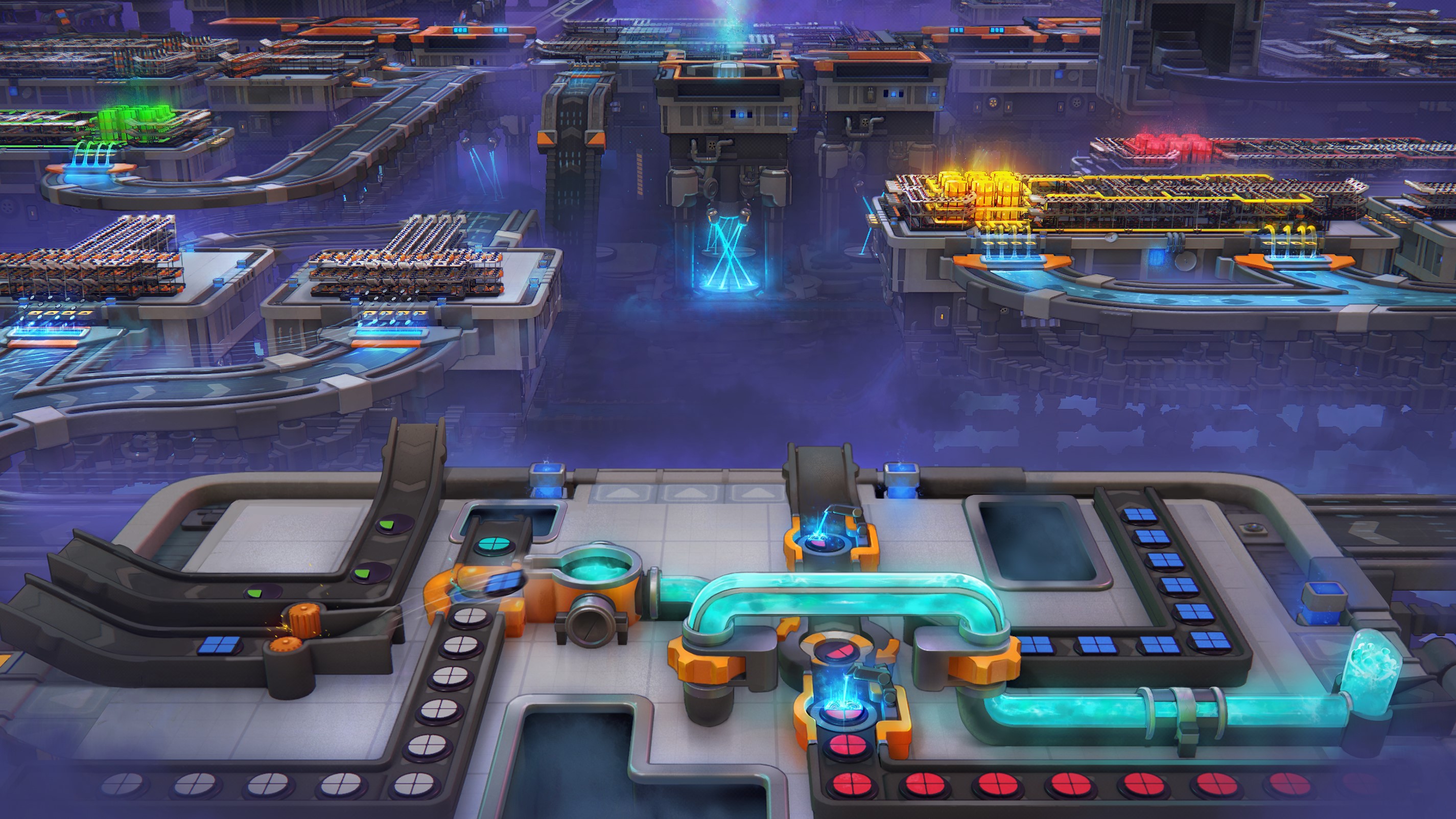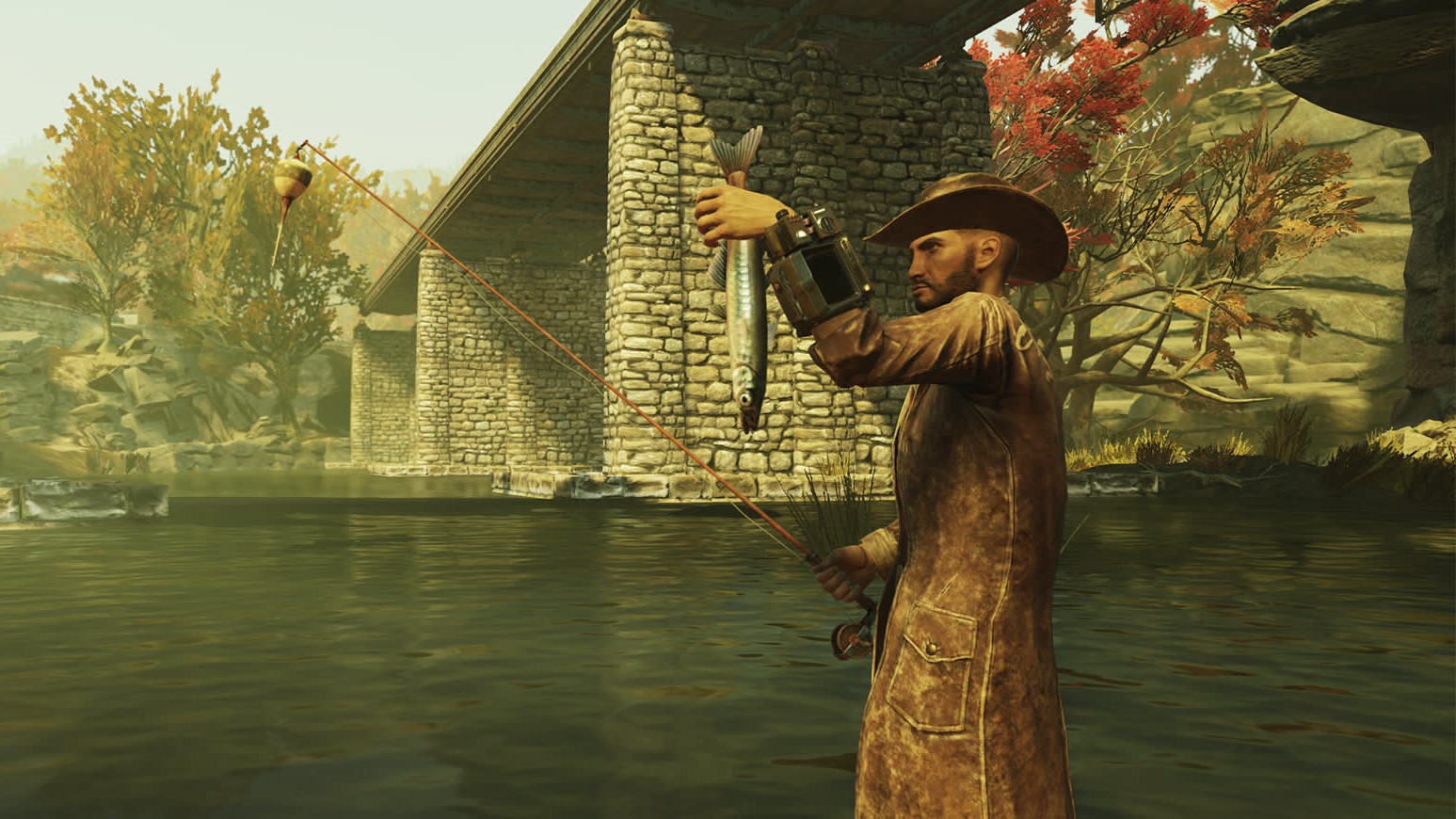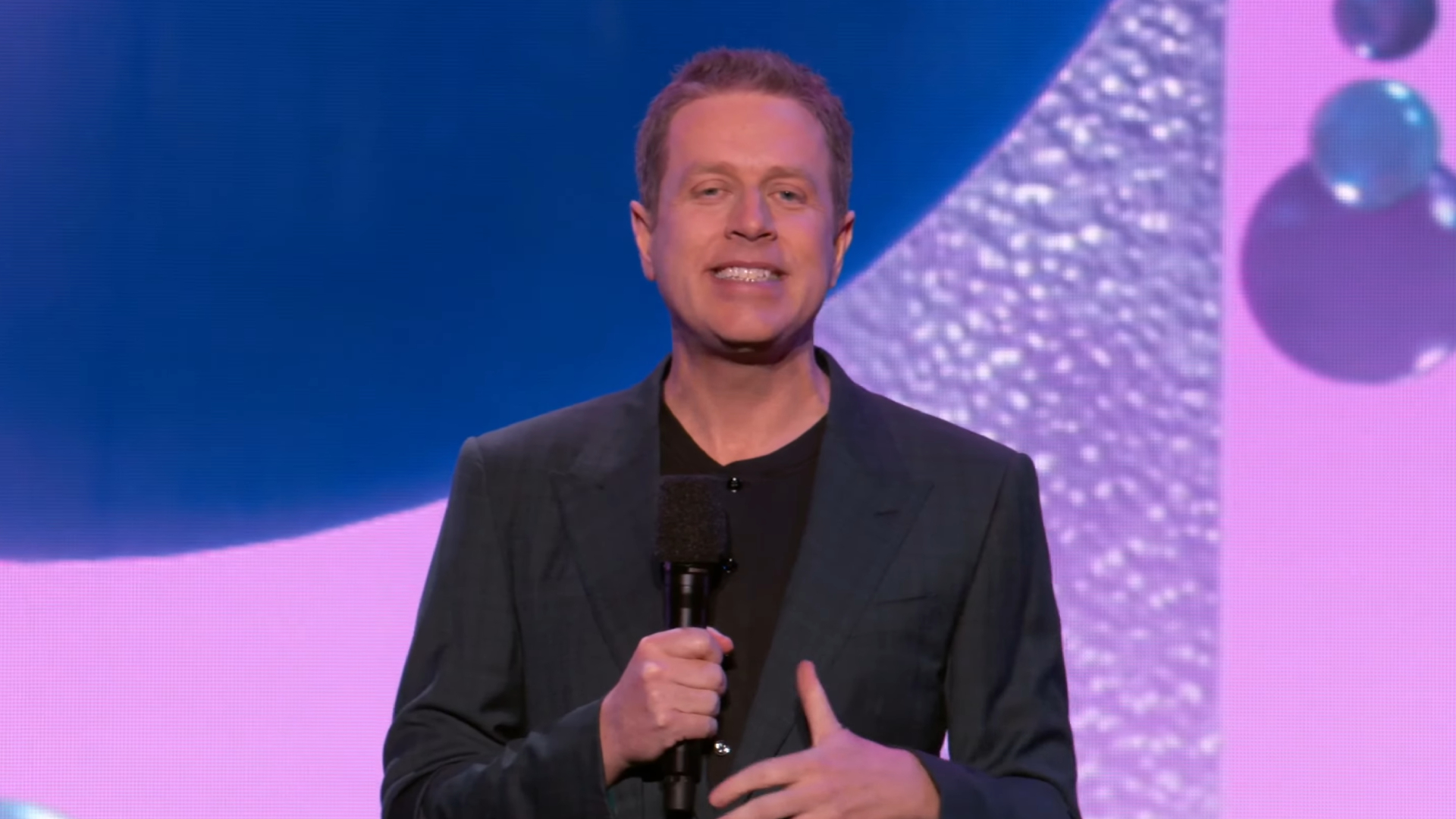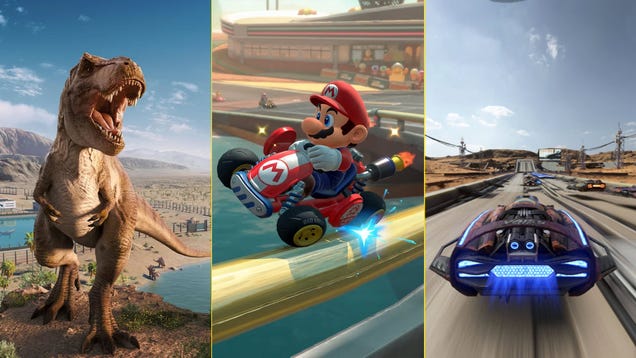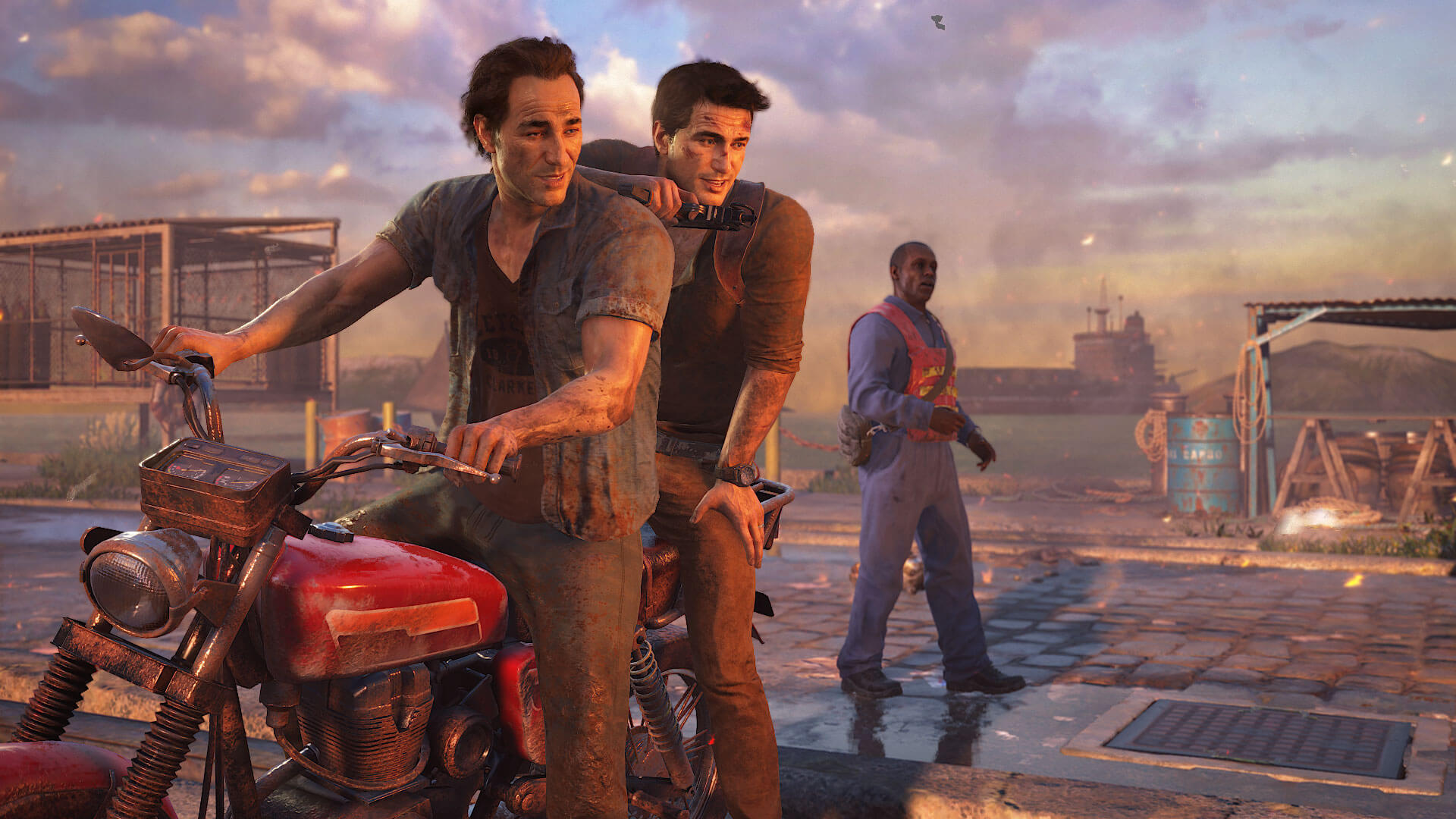
Nathan Drake's best adventure comes to PC.
What is it? A story driven action-adventure game about hunting for long-lost treasure.
Expect to pay: £45/$50
Release date: October 19, 2022
Developer: Naughty Dog
Publisher: PlayStation
Reviewed on: Ryzen 5 3600X, 32GB RAM, RTX 2070
Multiplayer? No
Link: Official Site
I’ve missed Uncharted and its reckless adventurers, lush environments, and delightfully ridiculous set pieces. But now the PlayStation mainstay has made its way over to PC, with a port of the fourth game and its standalone expansion, The Lost Legacy. It’s another excuse to dangle off cliffs and hunt for treasure, and playing through it again has been an absolute pleasure.
PC players might be more familiar with Lara Croft’s tomb-raiding escapades, and there are certainly some broad similarities, but where she claims she’s just an archaeologist, Drake and crew are self-confessed thieves, mercenaries, and rogues, with silver tongues and dark pasts. In his wake, history is destroyed one collapsing temple at a time, but in the end he always makes the right choice, which also means he ends up no richer than when he started. They’re thrilling adventures—and Uncharted 4 is the best of the lot.
(Image credit: Naughty Dog)
You’ve probably already heard how good it is: near-universally acclaimed on its original release back in 2016. It was and still is the perfect ending to the smirking hero’s story. At the outset, he’s given up his life of adventure, living a normal life with partner Elena, but the arrival of long-lost brother Sam lures him into one final mission. Naturally it all goes spectacularly wrong.
Wise-cracking Sam steals the show, but Elena’s role is crucial. She represents the life he could be leading if he gave up on his dangerous treks around the world. He needs adventure, and wrongly sees her as standing in his way. It’s a beautifully crafted emotional conflict that’s all the more poignant for the quiet moments that lead into it, including a still perfect scene where they play Crash Bandicoot together—a moment of peaceful nostalgia in a game otherwise filled with firefights and close calls.
All that action has aged wonderfully. And there’s plenty of it, as competing treasure hunters and their band of ruthless mercenaries try to put an end to your adventure. Though it was initially designed with a controller in mind, as someone who plays a lot of FPS games I prefer shooting and aiming with a mouse for the frequent combat sections. They remain as exciting as ever, and sometimes tricky, forcing me to dive from cover to cover, perfectly time my shots, and make sure I’m not being outmanoeuvred. And during these engaging, stressful firefights, using a mouse makes me feel like I’m more in control of where my bullets and grenades land.
X marks the spot
(Image credit: Naughty Dog)
Stealth provides an alternative to the chaotic shootouts, which saves on ammunition and provides its own satisfying moments, letting me sketch out a masterplan while I’m hiding in some tall grass. Did these plans always work? Hardly ever, admittedly. Most of my stealth efforts became firefights, or forced me to flee from eagle-eyed mercenaries. But it’s still possible to clear out a whole squad without being spotted, if you’re patient enough.
The climbing mechanics provide an array of brilliant, tactile puzzles, taking advantage of the environment and architecture a lot better than the recent Assassin’s Creeds.
When you’re not trying to kill off the competition, you’ll spend most of your time climbing, clambering and hanging off precarious perches. The climbing mechanics provide an array of brilliant, tactile puzzles, taking advantage of the environment and architecture a lot better than the recent Assassin’s Creeds. Though the routes are often linear, there are still opportunities to chart your own path. During a trip to an Italian mansion, your team has to slink from roof to roof to avoid the guards hunting you, so you’re free to pick your own paths across the rooftops rather than just one predetermined by the game. It makes you feel intelligent as you evade your enemies, and then dumb when you get caught.
The occasional deadly trap complicates these climbing puzzles. The Lost Legacy hosts one of my favourites: giant, mechanical statues that can kill you with their massive weapons. The right path means these weapons miss you, so you need to count the number of moves you can make as these mechanical menaces tick and crunch into place. It’s a lot more tense than your average brain teaser. Three rounds of this made me a pro by the end, even if I was stressed out from overthinking my moves. It’s entirely ridiculous and campy in execution, but exactly the type of thing I want from an Uncharted game.
(Image credit: Naughty Dog)
Back at ground level you’ll be able to take your jeep for a spin. It’s more than a convenient way to get around, as the winch can be used to access new areas by opening heavy doors or dragging the vehicle up muddy hills. The Lost Legacy’s jeep in particular will give you a great sense of freedom, but the jeep’s also a source of some thrills, like the exciting downhill dash in Uncharted 4.
Uncharted 4 came out eight years ago, but it’s still the best at what it does. It takes the genre, crushes it up, rehydrates, simmers, filters, condenses, and compacts into its purest form. It’s a gorgeous, first-class travel package. The beginning of each area or chapter feels like a red carpet rolling out in front of you, inviting you to experience something new each time. The frozen earth of Scotland, the colourful savannah of Madagascar, the dry evening breeze of Italy. Uncharted takes you somewhere and turns it into a playground of chaos to mess around in (and probably blow up on your way out). Age hasn’t dulled this at all, and on PC it looks better than ever.
Paradise found
(Image credit: Naughty Dog)
While Uncharted 4 provides a satisfying conclusion to Nathan Drake’s saga, The Lost Legacy is a great accompaniment. It offers yet another high-stakes adventure, but this time from the perspective Chloe and Nadine, who previously served as Drake’s companion and adversary, respectively.
The first chapter of The Lost Legacy is as tense as Uncharted has ever been.
The Lost Legacy builds a relationship between them that is so well-written and performed that you get to see these two in a way Nathan couldn’t. They’re independent adventurers carrying the weight of family legacies on their backs, without the luck and luxuries of being a Drake. As they grow from strangers to friends, you come to hope for more dialogue where they explore their pasts, the gossip of what happened between Chloe and Nathan (especially now he’s a married man), and how they came to be the fearless women they are now.
The first chapter of The Lost Legacy is as tense as Uncharted has ever been. Fearing for Chloe’s life as she navigates a literal warzone and holding your breath as she’s approached by leering guards is a very different experience after spending hours with Drake.
(Image credit: Naughty Dog)
Though the adventure isn’t as long as Drake’s, this one has plenty of its own strengths, especially once you start driving around India in your jeep, hunting down treasure tokens for a mysterious reward. The freeform exploration means you can take your time with your two heroes, just soaking in all the sights and collecting all the treasure hidden away in the river basin.
Even the familiar climbing sections are elevated by the new protagonists, as it reflects their burgeoning friendship. They become closer as they help each other up these challenging walls. As they call out to each other during difficult climbs, their concern is obvious, and grows along with their friendship. Drake’s main companions have mostly been mentors or lovers rather than just plain friends, so it’s great to see that relationship blossom from nothing to something over the course of The Lost Legacy.
Despite its age the collection is still capable of impressing on modern hardware. I was initially a little worried when my 2070 struggled on the Ultra preset, so I toned it down to High, with DLSS set to Quality. At that point there was still some occasional stuttering, mostly notably when water was involved, but nothing too bothersome. The recommended settings say the game should run on an SSD, whereas I was stuck with my HDD, which might have caused some issues.
(Image credit: Naughty Dog / PlayStation)
On the other hand, the Razer Blade 15 with a 3070 handled the Ultra preset with no problem, hitting 60 fps at 1440p. Even with DLSS turned off, it remained smooth. If you do need to turn it on, you might notice a slight dip in quality, but it’s so minimal I only noticed it in a side-by-side comparison. Switching to the Blade and its SSD also solved a bug I’d encountered previously, where characters refused to move or speak during cutscenes.
Uncharted: Legacy of Thieves Collection is a great addition to Sony’s PC catalogue, whether you’re playing these games for the first time or taking them for a spin again. Uncharted 4 and The Lost Legacy are the pinnacles of what the last generation of consoles achieved, up there with modern classics such as God of War and Persona 5, and still well worth your time. I’ve missed Uncharted, and I’m so glad I got the opportunity to see Nathan Drake’s last adventure once again.
